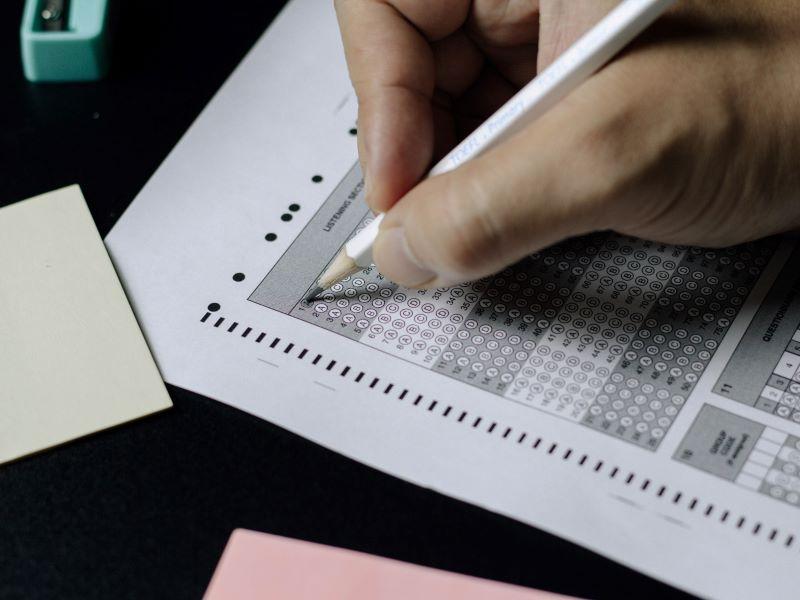
A blueprint for programmatic assessment in healthcare courses
A shift from traditional to outcome- or competency-based programmatic assessment began before the pandemic and has gained momentum since. Here are some ways to work towards it
Assessment is a critical element of higher education that is directly connected to learning outcomes and activities and quality assurance. Its purposes are:
- To encourage students to learn
- To certify and make judgements about learning
- To ensure the attainment of learning outcomes
- To evaluate academic programmes.
Programmatic assessment evolved with competency-based education and is popular among healthcare educators. It involves viewing assessment as a programme: a continuous but formative activity. An assessment programme could look like a set of assessments of differing formats, such as end-of-unit quizzes, problem-based learning activities and others, taken throughout the year.
The first step towards programmatic assessment is to identify the right learning outcomes. The learning outcomes for healthcare courses must align with skills students will need in their future professions. For example, the clinical courses of our bachelor of medicine and bachelor of surgery programme require students to learn how to take a patient history, how to examine and diagnose a patient and how to prescribe appropriate treatment. Once you know what the objectives are, you can decide on the best forms of assessment.
In our medical courses at Manipal Academy of Higher Education, each year has three internal assessments including a multiple-choice question test. In addition, many teachers in undergraduate programmes conduct weekly or end-of-unit tests. Students must also maintain a logbook for every practical and clinical session which is then assessed.
Formative assessments
An assessment programme generally tends to have formative and summative components. Formative assessments are set to facilitate learning and offer students more immediate feedback. Since marks for these assessments do not count towards final grades, they are seen as lower-stress tasks. It’s important to reinforce their purpose as being for learning, rather than for assessment, to encourage students to participate.
Teachers can ask students to submit answers to weekly formative assignments such as problem-based questions on to their learning management systems. This could take the form of clinical vignette-based multiple-choice questions, concept maps about the pathophysiology of a clinical condition or even a reflective summary of an important clinical case that students observed over the previous week.
- Resource collection: The great assessment rethink
- Working with students to co-create their education
- AI and assessment redesign: a four-step process
Summative assessments
Summative assessments, usually conducted at the end of a course or programme, assess whether students can progress to the next stage of learning. They should also ensure the attainment of specific learning outcomes. For example, in certain health professions programmes, students are tested for their ability to integrate basic medical science knowledge with clinical science knowledge through case-based questions, objective structured clinical examination, mini-clinical evaluation exercises and multiple-choice questions with clinical vignettes. At Manipal, we test students’ ability to diagnose and suggest appropriate treatment in real clinical settings or using standardised patients in our undergraduate and postgraduate medical and dental programmes.
Authentic assessment
Problem-based/case-based scenarios, project assessments, logbook evaluations, workplace-based assessments and portfolio evaluations are some of the methods used to assess the skills required for tackling real-world problems. At our university, all the healthcare programmes have laboratory-based or clinical examinations at the end of each year, during which examiners observe the students’ performance and conduct viva voce exams to assess whether they have attained the desired outcomes.
Assessment rubrics
Using robust assessment rubrics strengthens an assessment programme. One tried and tested approach involves using a checklist with numbered scales for assessing various activities. In a medical setting, the assessor watches students performing specific clinical procedures and grades the examinee on a scale from zero (not performed or fails) to five (performed excellently or performed above expectations). We use these rubrics to monitor progress with day-to-day activities recorded in students’ e-log book which is integrated into the learning management system and periodically assessed. This work can be made available during accreditation visits or academic audits. Students can also incorporate it into their portfolios.
A robust assessment system produces competent graduates who can make positive impacts on the lives of their future patients.
Sreejith G is a deputy registrar of evaluation at Manipal Academy of Higher Education, India.
If you would like advice and insight from academics and university staff delivered direct to your inbox each week, sign up for the Campus newsletter.


